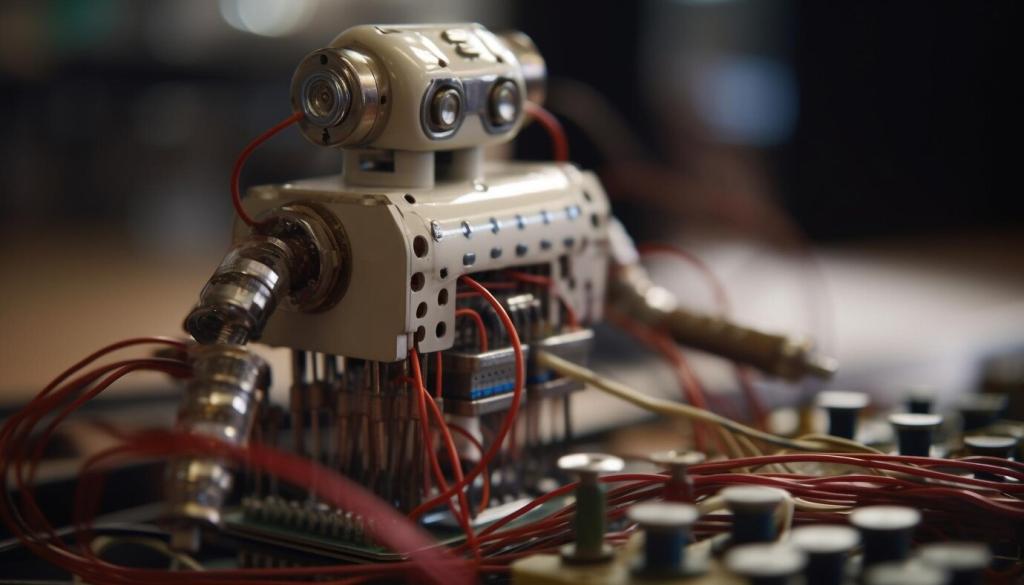Laying the Foundations of an AI‑Ready Home
Favor local, standards‑based gear and hubs that speak Matter, Thread, Zigbee, or Z‑Wave, and integrate well with platforms you trust. This avoids lock‑in and ensures your AI logic can reliably orchestrate devices without cloud dependency.
Laying the Foundations of an AI‑Ready Home
Sketch rooms, traffic flows, quiet hours, and comfort preferences. Identify pain points—forgotten lights, chilly mornings, or stale air—and translate them into measurable goals the AI can optimize against. Subscribe to get our printable planning worksheet.




